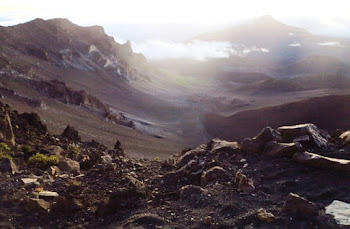What kind of adventures are you planning for your
next travel experience? If you’re like many of today’s experienced travelers, you
may very well choose an adventurous and somewhat risky trip in the future.
Skydiving in Texas
According to the October 2023 Global Rescue Fall
Traveler Sentiment and Safety Survey, more than a third of respondents
indicated that they believe in YOLO—you only live once. That maxim drives them
to do as much adventure and immersive travel as possible before they no longer
can.
Larry and I have traveled with that thought in mind
for many years. We have gone hang gliding in the Alps of France, hiked in the
Dolomite mountains of northern Italy, gone sky diving and ziplining multiple
times, trekked on a glacier in Iceland, observed polar bears in the wild,
rafted among glaciers in Antarctica, and much more.Ziplining in Fiji
Although we have viewed some of the most beautiful
landscapes in the world and visited many important historical sites, those experiences
are treasured as much or even more because they reflect an adventurous spirit
that we hope to never lose, even if we’re not physically able tackle such
activities (in our 90s?).
 |
| Jumping into a waterfall on Colorado River in Grand Canyon NP |
Adventure
travel is growing
So we encourage readers to think outside their
comfort zones, a behavior that is becoming more common with growing adventure
travel and revenge travel demand. “Travelers are exhibiting…a
mounting desire for immersive experiences,” said Dan Richards, CEO of Global
Rescue and a member of the U.S. Travel and Tourism Advisory Board at the U.S.
Department of Commerce.
 |
| Dune buggy on coast of Barbados |
survey respondents listed as bucket list travel destinations. “We anticipate increasing interest in adventure travel like African safaris, hiking trips, camping excursions and motorcycle tours,” Richards said.
 |
| Hiking in Dolomites in Italy |
Keeping safety in mind
Not everyone, however,
is seeking more risk or adventure in their travel itineraries. More than half
of respondents are taking the same number of adventurous or risky trips since
the end of the pandemic, reporting they enjoy the way they travel and do not
see a need to change. More than a tenth (13%) said they would take fewer
adventurous trips to minimize health and safety risks while traveling.Hot air balloon over Capadoccia, Turkey
With increasing desires
for more risk and adventure travel coupled with elevated international war and
violent conflict, most survey respondents welcome the technological advances
like adding satellite connectivity to smartphone capabilities. Most respondents
(82%) said they would feel safer with satellite connection abilities on their
smartphone. They liked knowing they could call for help if they lost cell
coverage, even though only 13% said they had lost cell coverage in the past.Hang gliding in the Alps of France
Still, it provides peace
of mind for friends, family or colleagues—while you’re out making unforgettable
memories!
Survey content courtesy of Bill McIntyre at Global
Rescue, the leading travel risk and crisis response provider. www.globalrescue.com
Photos by Larry and Beverly Burmeier






















































